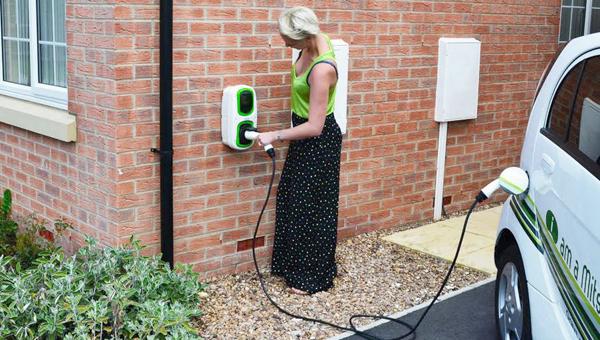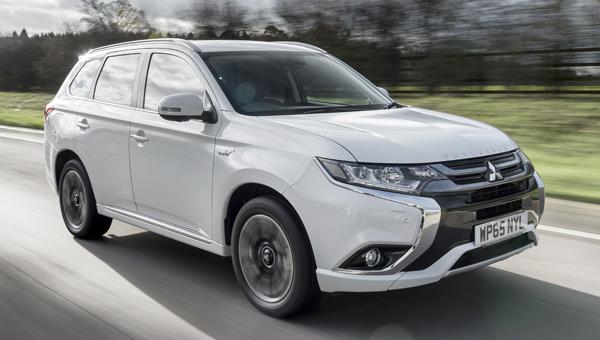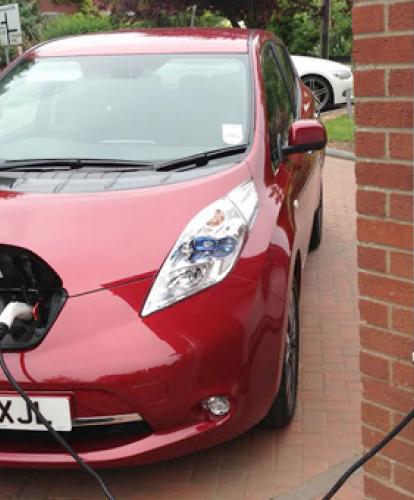Since the reduced levels of government funding for plug-in car related grants have now come into effect, Zap-Map takes a look at what it means to the market. Looking at the Plug-in Car Grant (PiCG) and Electric Vehicle Homecharge Scheme (EVHS), we’ve compiled a guide explaining what impact the cuts will have on customers.
Split into two parts, the UK Government’s grants help with the purchase of a plug-in car and the fitting of a charging point at home to help make the most of its zero-emission range. Reductions have been seen in both PiCG and EVHS grants as the government’s Office for Low Emission Vehicles aims to spread its funding thinner but over a greater area.
You can find out more details about the changes here but, in simplified terms, the PiCG used to offer £5,000 off the cost of an electric vehicle. It now provides buyers with a maximum £4,500 discount – but only for pure-electric and range extended vehicles which come under the first of three new categories.
Plug-in hybrids now come under the remaining two sections, and receive £2,500 in funding but only for cars costing less than £60,000. Again, this is a basic description so to find out precise details, visit the government’s guidance page.
The EVHS is simpler to describe since there used to be a grant of up to £700 available and now that figure is £500. This is up to 75 per cent of the value of buying and installing the charge point, but this threshold has been carried over from the previous set-up.
Starting with the EVHS, getting precise costs to quote for the purchase and installation of a charging point at home can be tricky, since there are a number of factors involved in determining the price.
However, the likes of Rolec, Pod Point and Chargemaster do offer a “from” price which gives you a good guide as to how much the units will cost – and shows that the majority of firms have passed on the extra cost to the customer. This is hardly unsurprising since previous costs were always quoted subject to the grant being applied, and margins are tight in the fledgling industry.
The lowest advertised price we can find is from Rolec, which offers 3.6kW and 7.2kW home chargers from £299. This price includes installation and VAT, along with the presumption that the buyer qualifies under the EVHS guidelines.

Pod Point and Chargemaster have very similar figures to each other at £390 and £395 respectively – both for 3.6kW units including all costs such as installation and VAT under the EVHS. Chargemaster does advertise a monthly payment option too which involves the same total cost but sees buyers pay a £59 deposit followed by £28 per month for a year.
Tethered and non-tethered units are available depending on what you need too. For those who always want the cable around, and don’t foresee a change in charging type or other cars using the unit, a tethered unit will save constantly getting the charging cable in and out of the boot. However, socketed units offer greater flexibility and are more futureproof as the car’s lead plugs straight in, no matter what model of EV is parked up.
Faster charging – typically at 7.2kW – units are often available too, while there are also design aspects, warranties, customer support and lockable points to consider. It is also worth noting that many plug-in car manufacturers have agreed partnerships with recommended installers. Pod Point for example, is recommended by the likes of Volkswagen and Volvo, while Renault has a partnership with Chargemaster.
These tend to offer customers easy access to information but can result in deals too. Buyers of the Renault Zoe for example can still get a free 7kW home charger when they buy a new car, so it is worth asking when enquiring about new plug-in cars to see if you can save a few hundred pounds – effectively off the cost of fuelling your new vehicle.
Finally, some point providers offer a service that includes access to their or a partner firm’s charging network. Rolec for example includes a year’s access to Charge Your Car points with the installation cost.
On to the cars themselves, those looking at buying a new plug-in car have slightly less money to play with than before too, but it depends on what type of car as to how much more you will be out of pocket than in February. The PiCG has seen a huge uptake of plug-in hybrids (PHEVs) which, although are far greener than conventionally powered cars, are still not as clean as zero-emission pure-electric vehicles (EVs).
Some thought this was unfair and the government, to create a greater incentive to go zero-emission rather than ultra-low has kept the EV grant similar to what it was before. After all, £500 difference off the cost of a new car is not much at all.
So models like the BMW i3, Kia Soul EV, Nissan Leaf, Renault Zoe, Tesla Model S and VW’s e-up and e-Golf get £4,500 of the on-the-road (OTR) cost – a big help for the likes of the Zoe but less significant for Model S buyers. As far as we can tell, all manufacturers have passed on this £500 increase to buyers which was not unexpected, but it was hoped that some might absorb the cost and keep the price of their EVs the same.
Likewise, PHEV costs have seen a £2,500 increase between Monday 29th February and Tuesday 1st March. Again, as far as we can tell, no manufacturer has absorbed the reduced grant levels which could impact upon the sales of PHEVs going forward. The market is still expected to perform strongly, but some potential sales are sure to be lost.

For example, the Mitsubishi Outlander PHEV used to be advertised as costing the same as an equivalent diesel model, but this is no longer the case. The PHEV remains excellent value but starts at £31,749 including grant, with the diesel beginning at £29,249 for the same trim.
Other popular PHEVs have seen the same increase in price, with the likes of the Mercedes C350e, Audi A3 e-tron and VW Golf GTE all £2,500 more than before the grant level changes. Although all VW, Audi, Mercedes and Mitsubishi – along with a number of other – models could see sales hit a little, because they retain very low running costs, the likelihood is that demand will still outstrip supply. This is especially true for company car buyers, and it is this market that will keep sales at high levels primarily.
It is those PHEVs that cost more than £60,000 that are worst hit by the changes as they now cost £5,000 more than before. For the likes of Volvo’s XC90 T8 TwinEngine, this is an increase of almost 10 per cent since prices start at £60,455. Compared to the £46,250 for the diesel powered XC90 and £49,700 for the petrol, some buyers might be put off the higher cost of the PHEV version, despite it being the pick of the range both in terms of performance and efficiency.
We shall have to wait and see how the changes to funding levels affect the sales of plug-in cars – and the linked sales of home charging points. The reduction in help is expected to have a small impact, though one that is minimised as the electric car industry starts to try and stand on its own feet without support.
It’s going to be a long road, but in the future, there won’t be any grants available for plug-in cars or charging points and this is the first half step towards that time. The important thing is that the amount of money in the pot wasn’t reduced, it’s just that the portions dished out have become smaller.
For a more detailed buying guide for electric cars and home charging points, visit the pages on Zap-Map.



